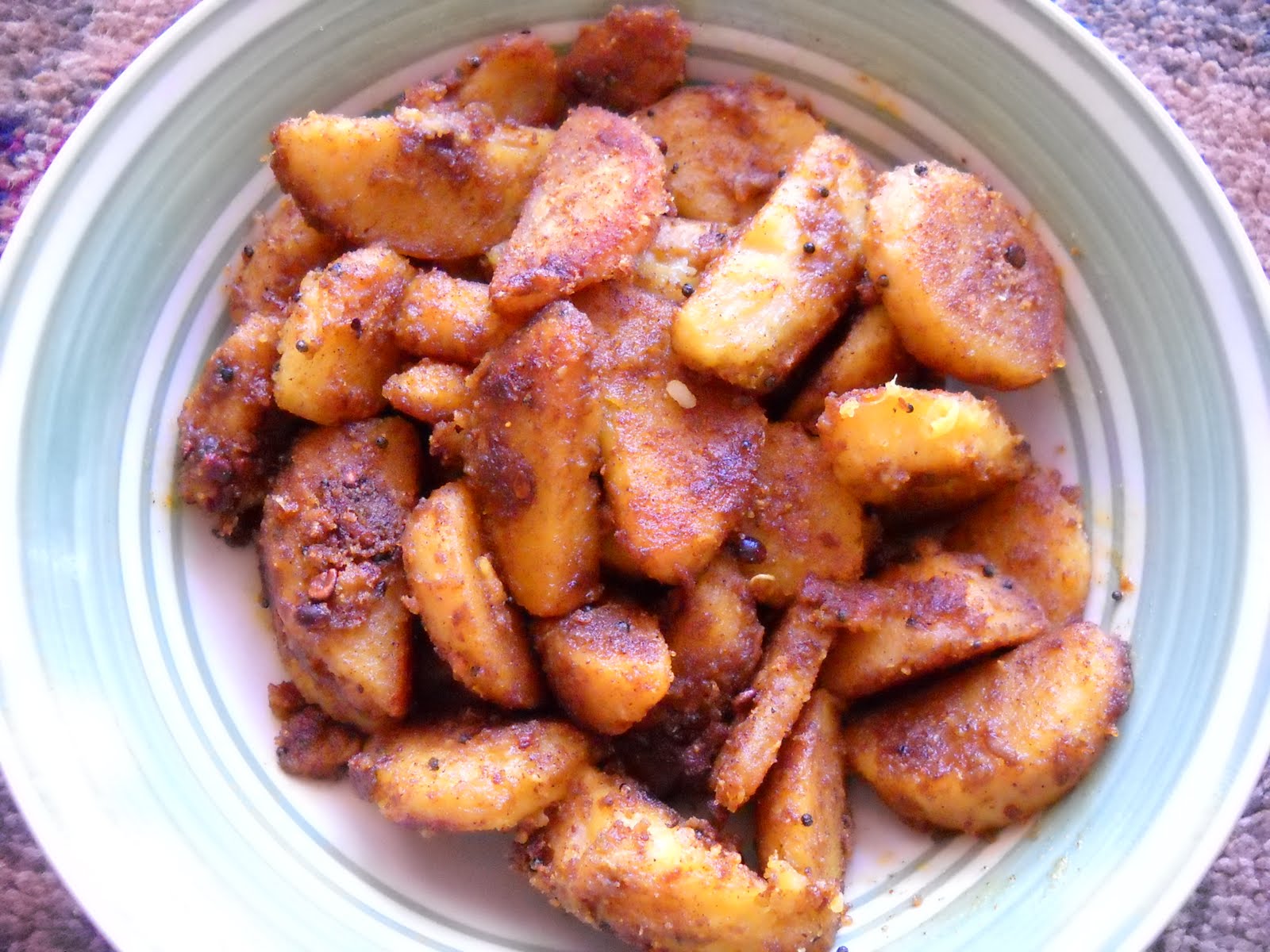Inhames Fritos, or fried taro root, are a uniquely traditional Azorean specialty. Taro roots are a very hearty and nutritious root that have a wonderfully smooth texture and unique taste. Taro roots are best grown in especially wet soil which is why that have been historically the perfect complement for the Azorean climate. Taro roots are quite similar to yams and because of this they are known as the “Inhames dos Acores”.
Taro Roots are used in a variety of Azorean dishes from appetizer, entree, to even desserts. Sliced thinly and deep fried, these make for an unbelievably delicious and crispy snack. Those that are grown in the creeks fed by the hot Azorean mineral springs are probably the best you can get in terms of flavor.
*Serves 1-2*
Ingredients:
1 pound taro root (If you can’t find some locally, you can also easily buy some here on Amazon)
oil for frying
salt and pepper to taste
Directions:
1) Place the taro roots in a saucepan with enough water to cover the roots. Add a pinch of salt.
2) Let it cook on medium heat for about an hour and a half until they are tender.
4) Once done, remove the skin and slice the roots in a circular shape about a half an inch thick.
5) Immediately fry the slices in a pan with oil on medium to high heat until they are golden brown.
6) Place on a platter with paper towels to dry and season with salt and pepper to taste. Serve while hot.


“Yams” is not the correct translation for inhames. Inhames are taro root. This is a common mistranslation on the part of Azoreans in the U.S., but I assure you that inhames are in fact taro root.
That is very interesting Tracy I had no idea. Although from what I have read, I am still fairly certain that the English translation for “inhames” is “yams”, but that in the Azores taro roots are also considered yams because of the many similar qualities they share.
Due to the Azorean diaspora I can see how that misconception proliferated into the US. Just now, reading about the similarities and differences between yams, sweet potatoes, and taro roots I got a bit confused myself!
Yams are yellowish-orange and sweeter than taro. Taro is purplish grey in color. Perhaps, (true) yams are also called inhames by some, but typically yams and sweet potatoes are both called batata doce by Azoreans and taro is called inhame. For most of my life, I was unaware of the fact that inhame was taro. I think few Portuguese-Americans know this because, outside of Asian circles, taro is rarely found in American stores. But if you google pictures of taro, you will see that it is definitely inhame. I am quite convinced that the “yam” translation is what linguists would call a false cognate.
I love this, but growing up my mother ave grandmother would always boil them first, them, after they were cool, would fry them
Are you sure you don’t have to boil them first?
I have also done A LOT of research bc I wanted to see if I could find summer in Western ma. Seems either taro root, eddoe or dasheen are you best bets on the actual “azored inhame”.
Btw, what I have find is that you cannot grow them unless you do it in a heated area or tropical weather. They take 9-11 months from seed to sow and DON’T TOLORATE ANY FROST/COLD
Luis, you are totally correct. They must be cooked in water first until tender, prior to being fried. Thank you for noticing that. I have never tried the eddoe or dasheen but will gladly check them out too.
I don’t think they could handle the rough seasons of winter in New England if they require 9-11 months as you say. That’s why they are best grown in the Azores or other similar climates unfortunately.
We have plenty of Potuguese stores here in eastern ma that sells them imported
I am pretty sure I have seen taro root sold at Market Basket stores in New England (in particular – Danvers, MA)
My parents grew inhames in our garden.
We just boiled until tender and then salted and ate them.